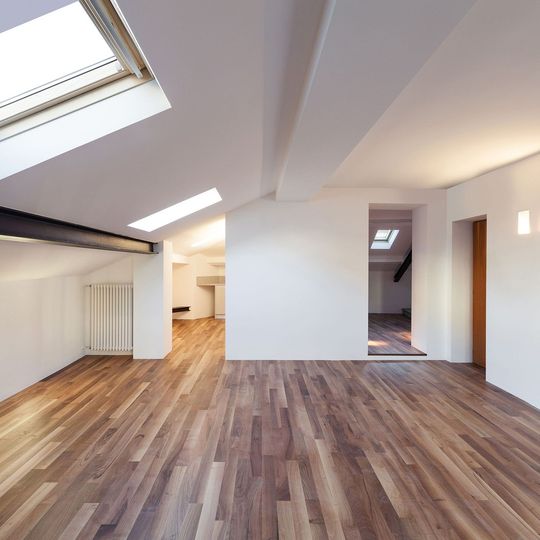High-Quality Flooring Supplies in Los Angeles, CA
Over 33 Years of Experience
Flooring Brands and Types From A-Z
Free Estimates
Hours:
With nearly 20 years in the business, in addition to countless decades of experience from our skilled team of contractors, we are the one-stop-shop for all your flooring supplies in Los Angeles, CA. We maintain only the highest-quality brand names like California Classics, Provenza Floors, and Duraseal, to name a few, so you can rest assured that any product we supply you with will be right for your needs.
As a part of the West Hollywood Chamber of Commerce, the Beverly Hills Chamber of Commerce, and the National Wood Flooring Association, Global Hardwood & Supply takes pride in being one of the top companies for flooring supplies in Culver City, CA and the surrounding areas. From engineered wood flooring to luxury vinyl flooring, we have the perfect product for your upcoming project. Be sure to check out our flooring pages to learn more about the different types of products we offer.
Looking for Flooring Supplies in Culver City, CA You Can Depend On?
Our storefront, located in midtown Los Angeles, is stocked with materials from our three supply warehouses. Whether you’re a contractor that needs a company to count on for all of your jobs or a homeowner looking to attempt some flooring DIY for a home project, we’ve got you covered. This area is known for its history in filmmaking, high-class way of living, and many other cultural staples known all around the country. The bedrock, however, of any art gallery, movie set, or gastropub, is flooring. Regardless of your industry, you can pick from our extensive stock to find the right supplies for your unique situation.
Are you ready to get connected with reliable flooring supplies in Los Angeles, CA? Give us a call today and one of our team members can help you find the right flooring and materials for your job. We look forward to working with you!
Why Choose Global Hardwood & Supply?
We provide the Los Angeles, CA area with premium flooring at wholesale prices.
Over 33 years of experience
National Wood Flooring Association members
Locally and family-owned
We will BEAT any competitor's pricing
Home delivery available
Brand-name flooring and installation equipment
Manufacturer Warranties
ASAP response times and FREE estimates
Global Hardwood & Supply is a locally and family-owned flooring and supplies retailer serving the Los Angeles, CA area. We pride ourselves on delivering premium, brand-name flooring, and equipment at unbeatable prices. Visit or call us today for a free flooring estimate!

What our satisfied customers are saying...
Business Hours
- Mon - Fri
- -
- Saturday
- -
- Sunday
- Closed


Share On: